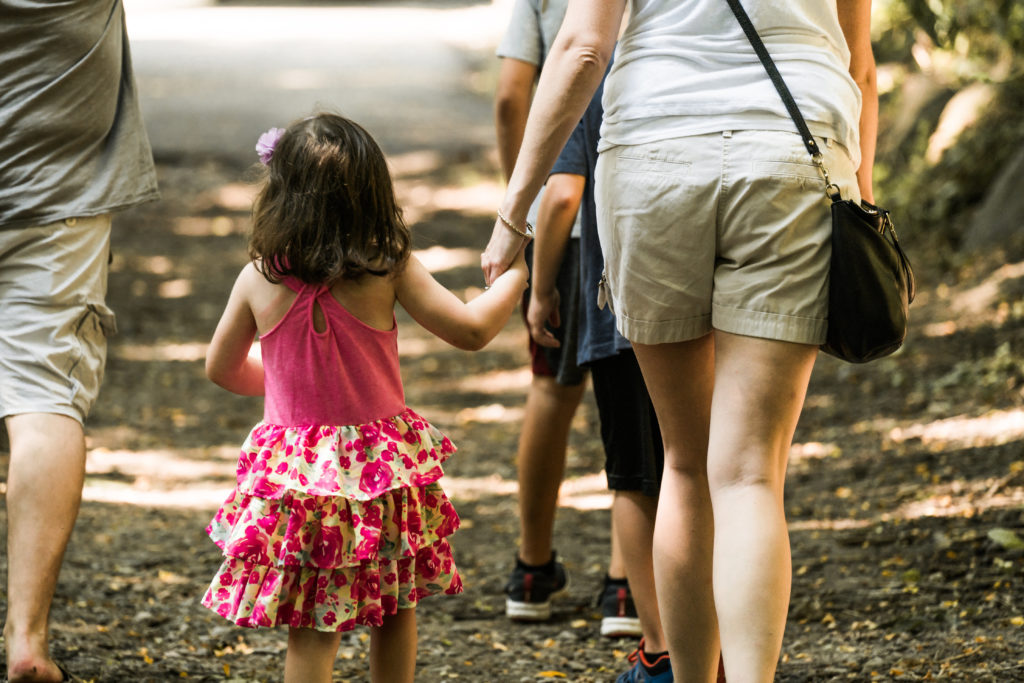Safeguarding children in a changing world is an increasingly complex and vital task. The rapid pace of technological advancements, globalization, and societal shifts present both opportunities and dangers for children. Ensuring their safety and well-being requires a comprehensive and proactive approach that addresses physical, emotional, and digital safety.
Creating safe environments at home, school, and public spaces is fundamental to protect children from accidents and injuries. Childproofing homes, implementing safety protocols in schools, and providing secure play areas are crucial measures. However, the digital age has introduced new challenges. Educating children about online safety, setting parental controls, and monitoring their online activities can safeguard them from cyber threats.
Emphasizing mental and emotional well-being is essential in a changing world. Academic pressure, social influences, and modern life demands can lead to stress and mental health issues. Prioritizing emotional intelligence, mental health awareness, and access to counseling services can help children cope with challenges and build resilience.
A globalized world demands cultural diversity and inclusivity in safeguarding children. Recognizing and respecting different cultures, traditions, and identities promote understanding and acceptance. Inclusive education practices and anti-bullying initiatives foster a sense of belonging for all children, regardless of their backgrounds.
Implementing child protection policies and background checks for adults working with children is crucial in preventing potential risks and harm. Early intervention and prevention through age-appropriate sex education and teaching children about personal safety empower them to protect themselves and seek help when needed.
Building strong support networks around children is paramount. Engaging parents, caregivers, teachers, and the community in safeguarding efforts creates a collective responsibility for children’s safety and well-being. Continuous research and data collection help identify emerging risks and challenges for children, leading to evidence-based policymaking and targeted interventions.
Providing safe and enriching leisure activities contributes to children’s overall well-being and development. Play, recreation, and creative expression foster emotional resilience, cognitive growth, and social skills. Media literacy education equips children to navigate media responsibly and discern fact from fiction.
Collaboration between stakeholders, including governments, NGOs, educators, parents, and the private sector, is essential in safeguarding children. Comprehensive strategies require collective efforts, partnerships, and shared resources. Moreover, technology can play a role in safeguarding. Advancements in artificial intelligence and data analytics can be harnessed to monitor and detect potential risks to children online.
Encouraging open dialogue and active participation from children themselves empowers them as agents of change. Engaging children in discussions about their safety and well-being fosters a sense of responsibility and ownership.



